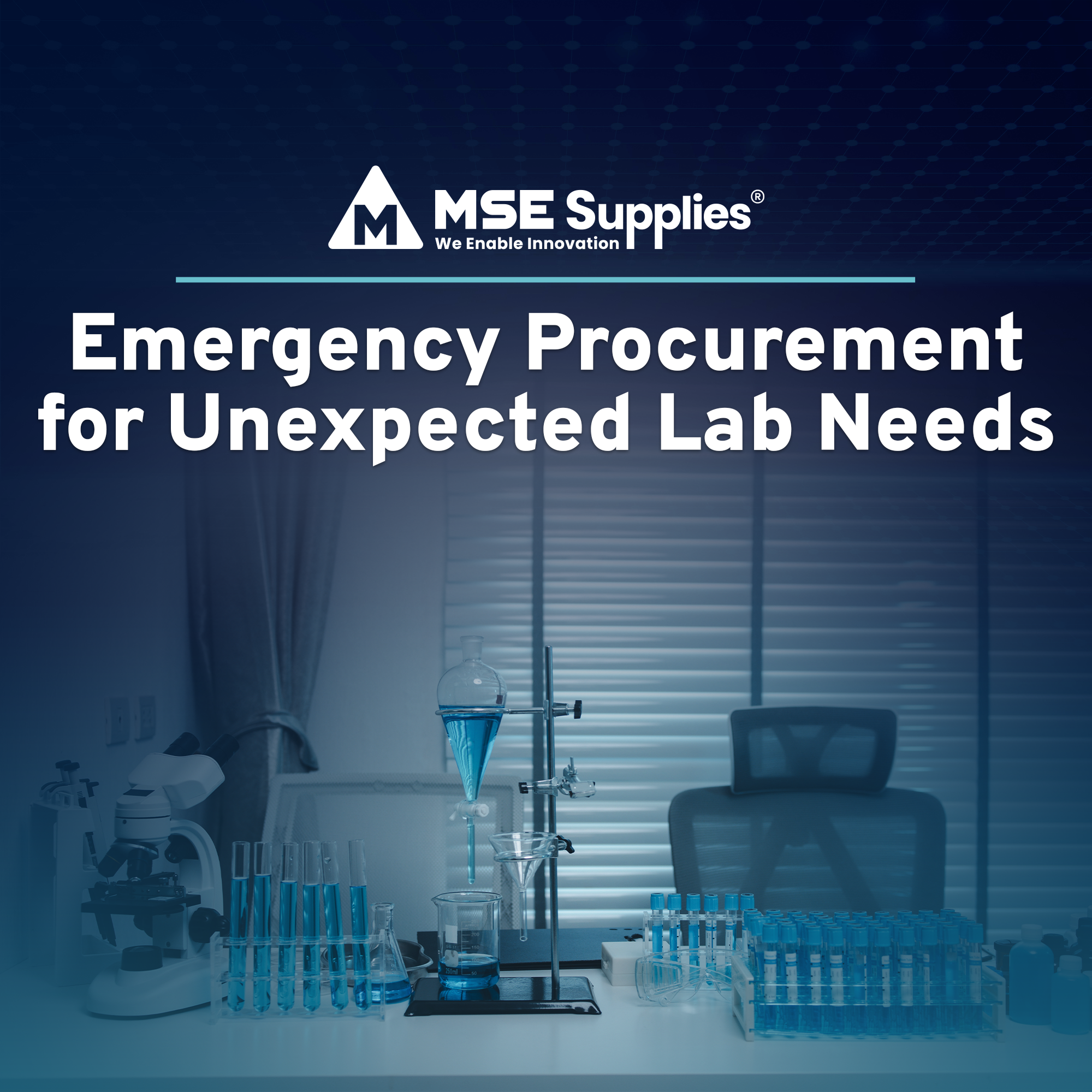Need Help Deciding Which Membrane Material to Use for Your Western Blots?
Posted by BD TEAM on
Purchase Transfer Membranes at MSE Supplies
The choice of membrane for Western Blotting depends on the specific requirements of the experiment and the target protein being analyzed. Each membrane material has its own characteristics and advantages. Here's a comparison of PVDF (polyvinylidene difluoride), nitrocellulose, and nylon membranes commonly used in Western blotting:

-
PVDF Membrane:
- Advantages: PVDF membranes have high protein-binding capacity, making them suitable for low-abundance protein detection. They are durable, chemically resistant, and compatible with a wide range of antibody incubation conditions. PVDF membranes also have low background noise and offer excellent sensitivity.
- Considerations: PVDF membranes require pre-wetting with methanol or ethanol before use. They may not be compatible with certain staining methods or high-molecular-weight proteins due to their lower binding capacity for large molecules.
-
Nitrocellulose Membrane:
- Advantages: Nitrocellulose membranes have high protein-binding capacity and provide good sensitivity for Western blotting. They are compatible with a wide range of staining and detection methods. Nitrocellulose membranes are often preferred for high-molecular-weight protein transfer and have low autofluorescence.
- Considerations: Nitrocellulose membranes are fragile and require careful handling. They may have higher background noise compared to PVDF membranes, especially for low-abundance proteins. Nitrocellulose membranes can bind nonspecifically to some proteins, so blocking steps are crucial to minimize background signal.
-
Nylon Membrane:
- Advantages: Nylon membranes are known for their high binding capacity, making them suitable for capturing large amounts of proteins. They are compatible with a wide range of staining methods and can be easily stripped and reprobed, allowing for multiple antibody incubations on the same membrane. Nylon membranes also have low background noise.
- Considerations: Nylon membranes have relatively higher background noise compared to PVDF and nitrocellulose membranes. They may not provide optimal sensitivity for low-abundance proteins. Nylon membranes can exhibit higher non-specific binding with some proteins, requiring careful optimization of blocking and washing conditions.
In summary, PVDF membranes are often recommended for their high protein-binding capacity, low background noise, and broad compatibility. Nitrocellulose membranes are suitable for various applications, offer good sensitivity, and are compatible with different staining methods. Nylon membranes are advantageous for capturing large amounts of proteins and allow for easy stripping and reprobing.
Ultimately, the choice of membrane should be based on the specific requirements of your experiment, target protein characteristics, and optimization needs. It is advisable to perform pilot experiments using different membranes to determine which one provides the best results for your specific Western blotting application.



